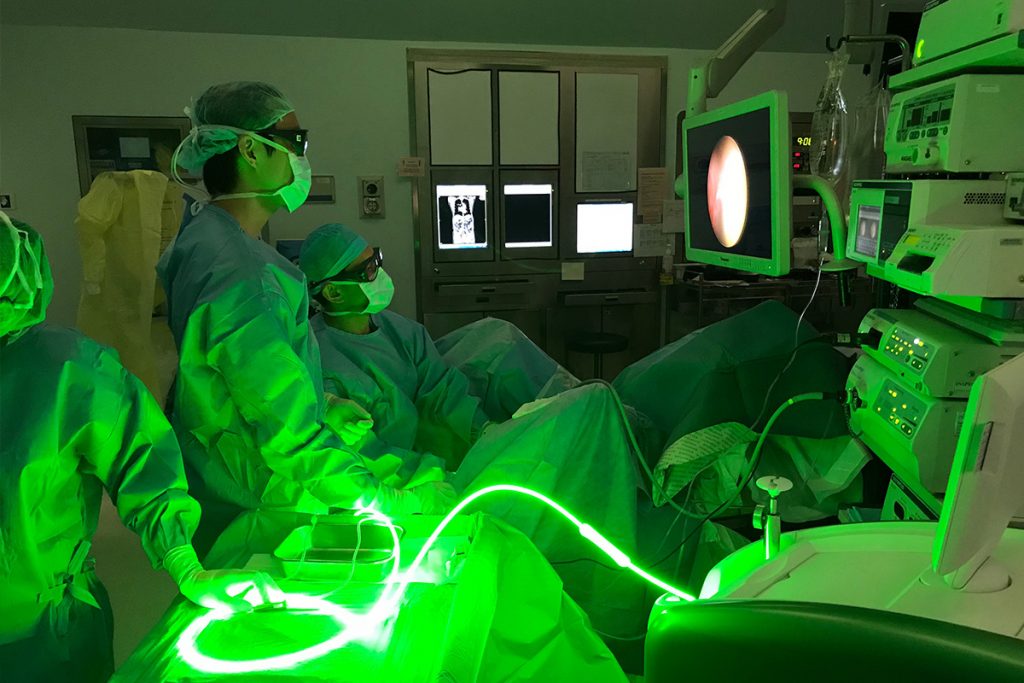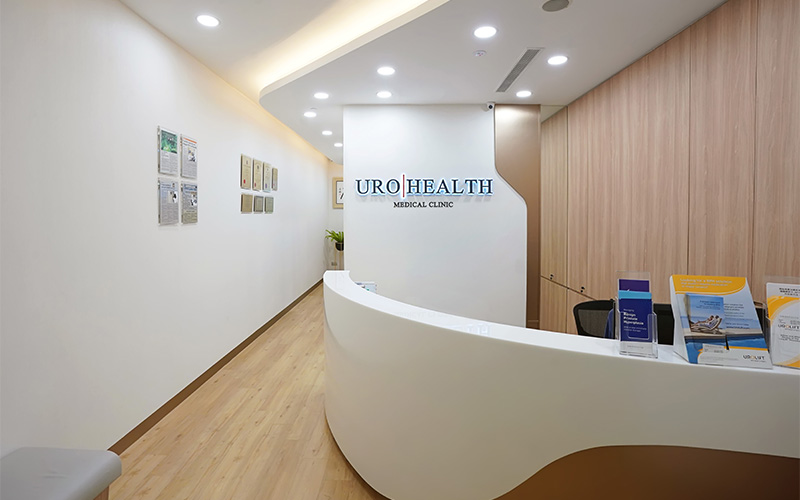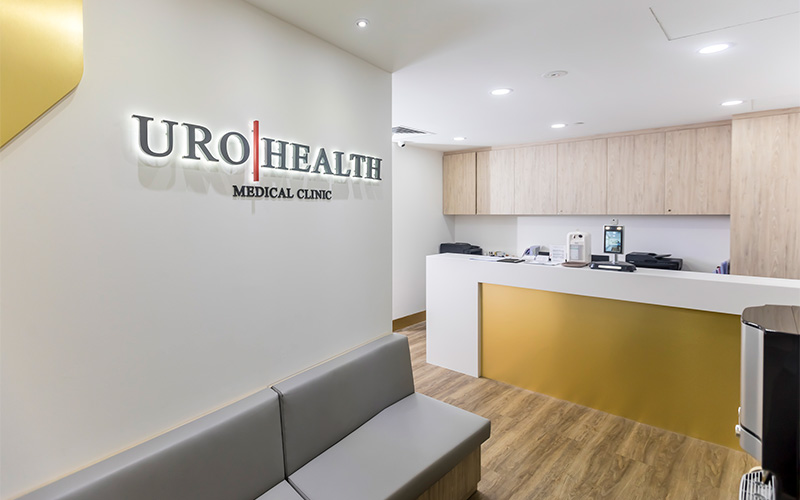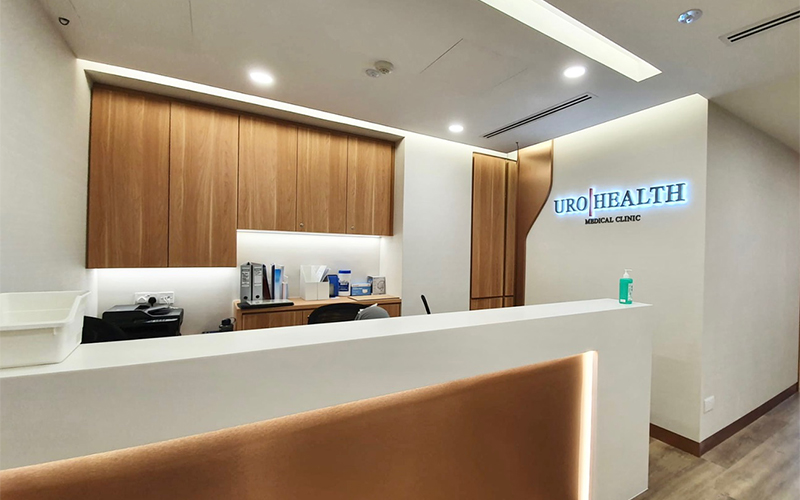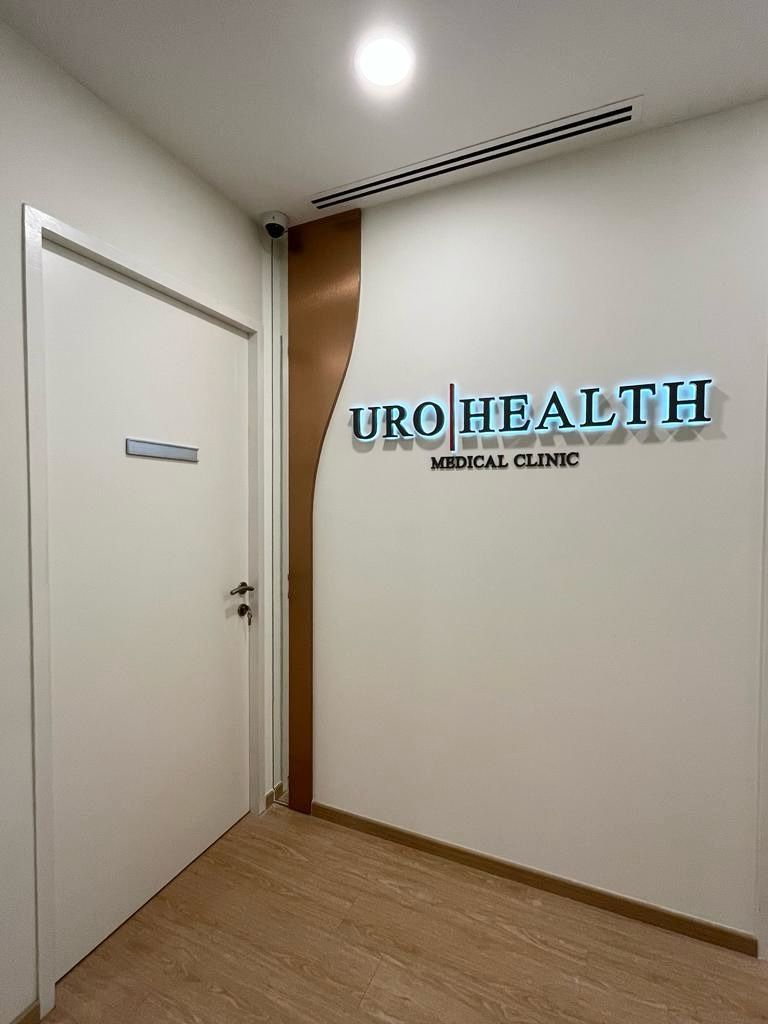So you have been diagnosed with prostate enlargement and its causing you all kinds of urinary issues like a slow flow, dribbling, sudden strong sensations to pee and waking multiple times at night to pee. In all probability you have been started on some medications to help. It may be helping but may also be causing some side effects like giddiness, low energy and erectile or sexual dysfunction. Additionally these medications need to be taken lifelong. And just maybe your doctor has told you there are therapies for the enlargement that will allow you to come off the medications. So you have been thrown a whole bunch of acronyms like TURP, HOLEP, TUVP, UROLIFT and REZUM. So how to decide which is most appropriate for you? To do this we will have to take a trip down history to see how they all fit into the treatment plan for you.
TURP or Transurethral Resection of the prostate is probably one of the oldest therapies for enlarged prostate apart from open surgery (the first recorded case was in 1926). Essentially, a scope is passed into the urinary tract and the prostate tissue is scraped out. The end goal was to relieve the obstruction. To this end, it was usually effective and had good long term results. The problem was bleeding (requiring transfusion) in the short term. And in the long-term the small risk of permanent incontinence and of retrograde ejaculation (where semen does not come out during orgasm but goes into the bladder instead). Most patients would also typically be required to stay for 2 to 3 days.
To improve the effectiveness of TURP, HOLEP or Holium Enucleation of the prostate was developed. This essentially used the concept of open surgery for the prostate and performed with the scope. A larger volume of prostate could be removed with this method and this is believed to improve the effectiveness of the therapy while reducing future need for repeat procedures. Unfortunately, it does not address the main complications of TURP which is risk of permanent incontinence and retrograde ejaculation.
To address the bleeding issues related to TURP, TUVP or Greenlight Vaporization of the prostate was developed. This used a special greenlight laser to vaporize the tissue. Once again it is introduced through a scope and the excess prostate tissue is turned into water vapour. Because of this special laser there is minimal bleeding from the procedure and I have successfully treated prostates over 200gm in a single sitting without the need for transfusions. Most patients are discharged on the same day or the day after the procedure. Unfortunately, it does not address the issues of risk of incontinence and retrograde ejaculation.
So as you can see, we have developed a number of really effective methods to treat the blockage and also addressed some of the risks of bleeding but not so much the long term complications of incontinence and retrograde ejaculation. But things have begun to change in the last 10 years with the development of minimally invasive therapies for prostate enlargement and I will touch on 2 well proven methods.
Minimally Invasive Therapies (MIS) for the prostates have a few common goals. They can usually be done under local anaesthesia or sedation, are day procedures and give good relief of obstruction while minimizing the side effects of incontinence and retrograde ejaculation. Lastly, patients can go back to normal activities within a few days. The therapies I will discuss here are shown to meet these requirements based on the highest level of clinical trials (randomized controlled trials).
Urolift is a really interesting technology. It uses small permanent implants placed strategicially in the prostate to hold open the urine passage just like the way curtain stays pull open curtains. It gives rapid improvement in symptoms and is done as a day procedure. There is no reduction in prostate size or removal of excess prostate tissue. After a few days patients can resume their normal activities. There is no risk of incontinence or retrograde ejaculation. It has a retreatment rate of about 14% at 5 years.
Rezum is another interesting technology harnessing the power of steam. In this day procedure steam is injected into the excess prostate tissue. The steam destroys the excess prostate tissue and over the next few weeks to a month, the body will reabsorb this excess tissue causing the prostate to shrink. Patients typically return to normal activities after a few days and there is no risk of incontinence and a minimal risk of retrograde ejaculation. It has a retreatment rate of 4.4% at 5 years which is similar to a TURP.
As you can see, depending on the priority of a patient they may prefer different treatments. If effectiveness and low rates of retreatment are a patients preference and the issues of retrograde ejaculation and incontinence are of less concern then a TURP, HOLEP or Greenlight vaporization of the prostate still continues to be great options. For the more discerning patient who is worried about incontinence and retrograde ejaculation then Urolift and REZUM are options that should be considered. It is also important to note that the minimally invasive procedures just like the TURP or Greenlight Vaporization can be repeated as and when required. Of course there are other factors apart from a patient’s preference which can determine which treatment is best. For example if a patient is on anticoagulant then I would usually advise the patient to opt for Greenlight Vaporization rather than a TURP and if a patient’s prostate is very large say more than 100 grams then minimally invasive options may not be so appropriate for the patient.
In recent years, we have had a revolution in the management of prostate enlargement. In the past, our main goal was relief of obstruction but now with minimally invasive procedures we can not only effectively relieve obstruction but can also reduce the side effects associated with the older procedures. As with any procedure it is important to find a doctor who is very experienced in the different procedures to have a proper discussion on which would be the best option for you.

